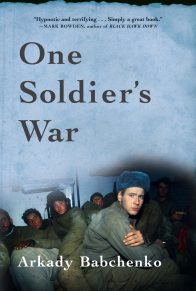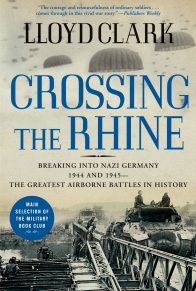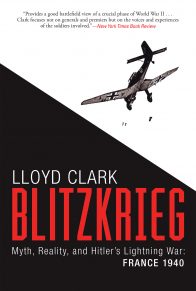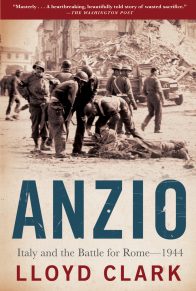“A comprehensive analysis of WWII’s greatest land battle and one of history’s greatest armor engagements. [Clark] blends archival research, participant interviews, and professional insight in presenting the genesis, conduct, and consequences of the Battle of Kursk. Particularly effective is his integration of foxhole and tank-crew perspectives with broader discussion of the course of a headdown slugging match that decisively tipped the Eastern Front’s balance in favor of a resurgent Red Army. . . . With this account, Clark confirms his reputation as one of Britain’s outstanding scholars of operational military history.” —Publishers Weekly
“A leading British military historian reconsiders the events of World War II—this time, on the decisive yet less-trammeled Eastern Front. In this deeply informed overview, Clark offers an authoritative appraisal of the ‘total war’ engulfing both Germany and the Soviet Union. . . . Vigorous depictions of German and Soviet military leaders alternate with the words of ordinary soldiers and richly described specifications of military hardware.” —Kirkus Reviews
“Lloyd Clark belongs to a new generation of British military historians who appeal to both scholars and general readers; he has written successful works on Anzio and the British Rhine campaign of 1944-45. This offering is no less solid: well researched and well written, it integrates frontline narratives and operational analysis. . . . What sets this work firmly apart, however, is Clark’s recognition that while Kursk was a ‘battle of the tanks,’ it was above all a soldiers’ battle. . . . Men, not machines, were the deciding factor.” —Dennis Showalter, WWII Magazine
“Mr. Clark has a reputation for both his deep knowledge of military history and his ability to make it accessible to a substantial reading audience. That reputation is well deserved. While the tank battle at Kursk is the centerpiece of his work, Clark realizes, as would any good historian, that it did not take place in a vacuum. He places the great battle in its context, relating it to the events that preceded, and those which followed. . . . It is in the telling of this dramatic tale that author Clark excels. . . . In The Battle of the Tanks, it is the men who fought there who tell the story of the great and fateful encounter.” —Thomas E. Nutter, The New York Journal of Books
“An experienced and literate military historian gives us a stellar account of the Battle of Kursk in 1943, one of the more obscure of WWII’s decisive battles. . . . The German Panzer forces on the Eastern Front never recovered their offensive capabilities, and the author has shown why in vivid, sometimes harrowing, detail, making extensive use of Russian sources only recently made available. A major addition to the literature of the Eastern Front, the decisive land theater of WWII.” —Roland Green, Booklist
“The Battle of Kursk was the last great German offensive on the Second World War’s eastern front . . . This was an epic encounter . . . This extraordinary clash is done full justice in Lloyd Clark’s fine book on the battle. Clark, a lecturer at Sandhurst, takes a long view, putting Kursk properly in the context of the origins of the war in the east and the first two years of that bloody and terrible conflict. . . . An excellent account—lucid and poignant.” —Michael Jones, BBC History Magazine













